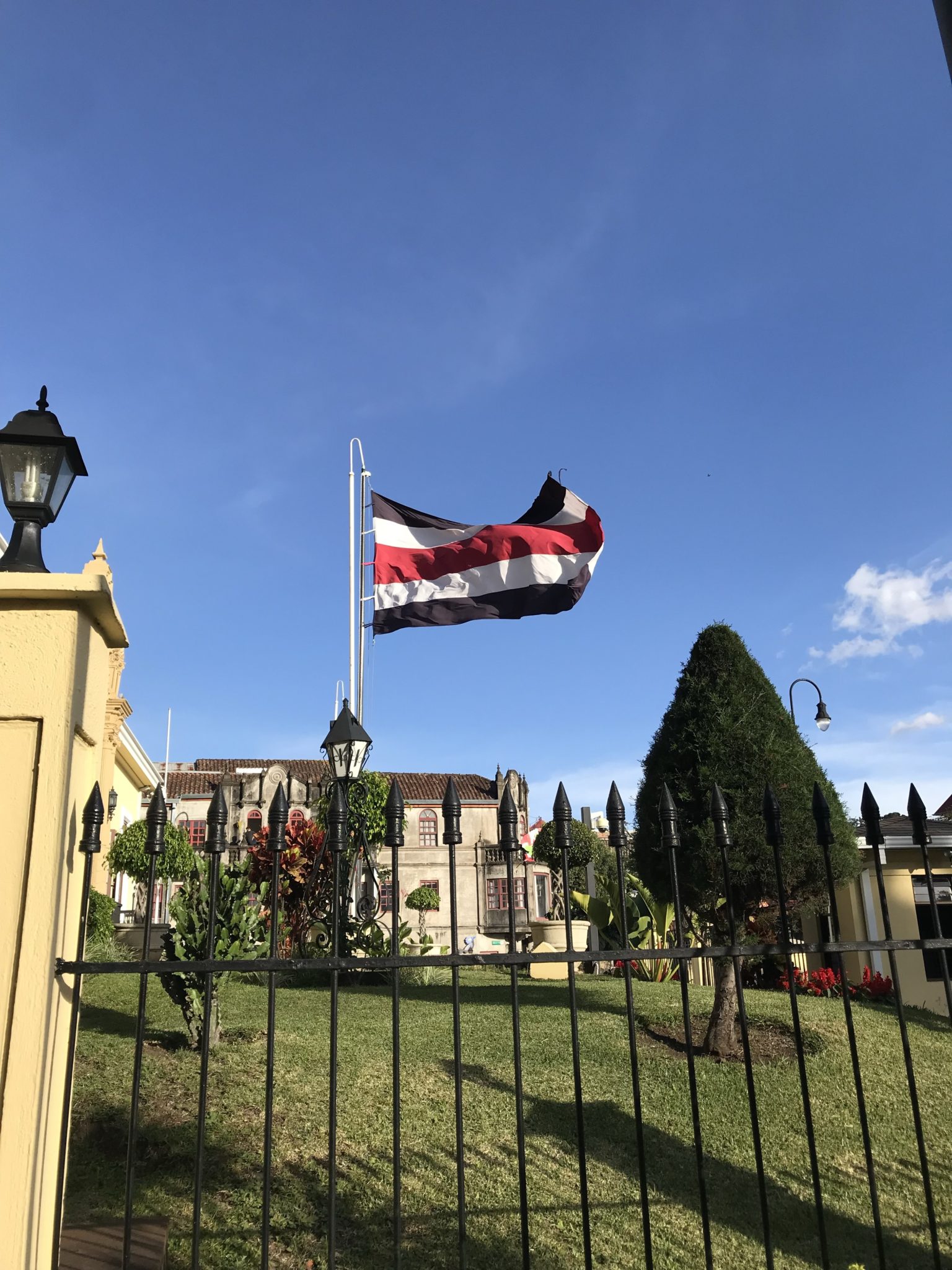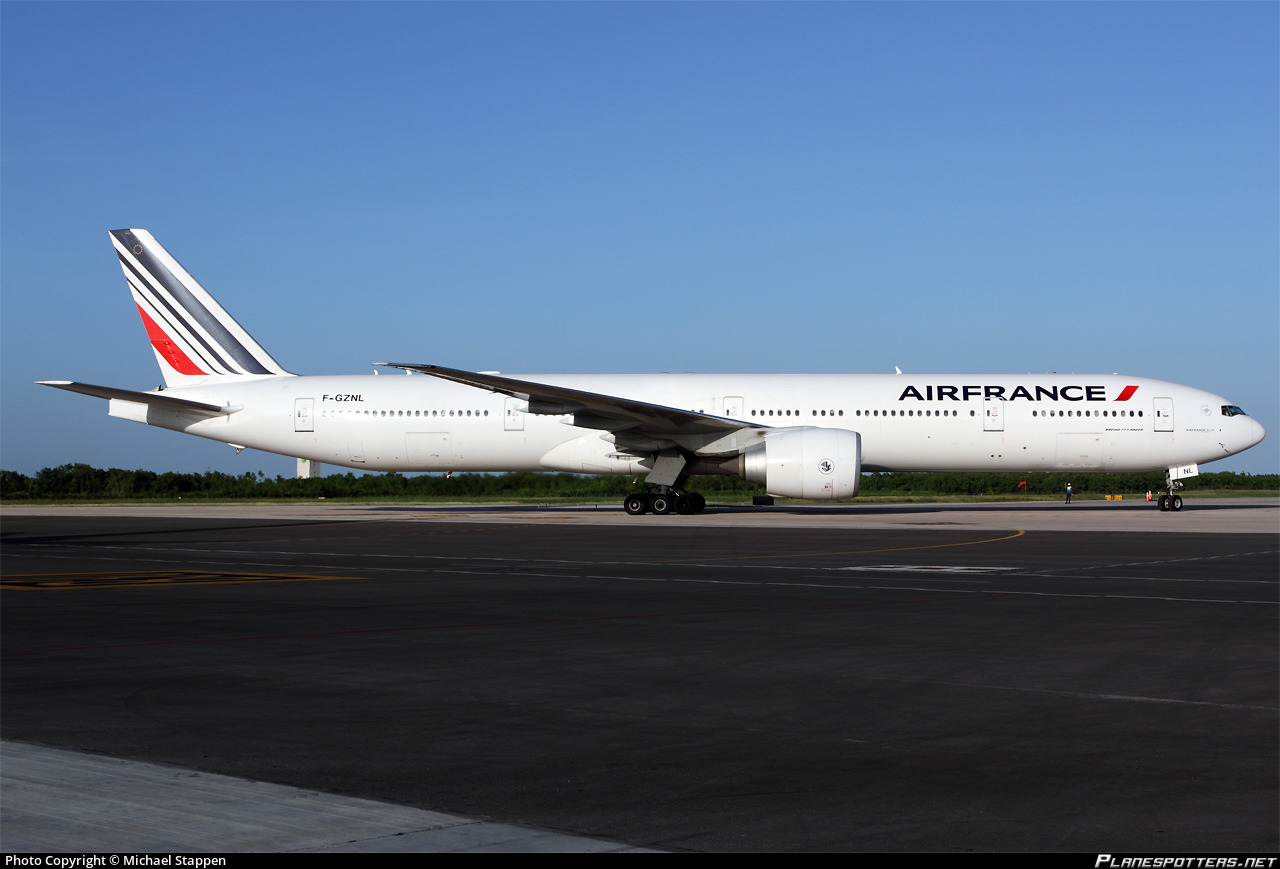
San José wasn’t the top destination on my list when I started planning my Costa Rica trip, but this city is the main gateway into the country. It’s true that Chepe – as San José is affectionately known – doesn’t make a great first impression, with its unremarkable concrete structures and honking traffic, but it’s well worth digging deeper to discover the city’s charms.

After a short flight from Guatemala City, we landed in San Jose airport close to midnight. Immigration was a breeze as there were not too many people.

The next day, we headed out to explore the city. As you can see, the city is gearing up for Christmas with all the decorations.
From a small village of little significance during the Spanish invasion, San Jose grew to become a densely populated cosmopolitan city. The city of San Jose was mostly built from the profits of the coffee-export business, and that is why its architecture represents a mix of European and Latin American features.

At the historic centre of the city, the Teatro Nacional lies on the southern side of the Plaza de la Cultura, San José’s most revered building. Constructed in 1897, it features a columned neoclassical facade that is flanked by statues of Beethoven and famous 17th-century Spanish dramatist Calderón de la Barca.

The lavish marble lobby and auditorium are lined with paintings depicting various facets of 19th-century life. The hourly tours here are fantastic, and if you’re looking to rest your feet, there’s also an excellent on-site cafe.

The pretty paifang (Chinese gate) that marks the entrance to Chinatown from San Jose’s busy Second Avenue is supposed to bring good fortune to this commercial district. As with many cities around the world, Chinatown is a common sight, where Chinese stores and grocery shops were set up by the Chinese community and also a place for them to congregate. We went there as it was a stone throw’s away from the National Theatre.




The bubble tea craze has even hit the shores of Costa Rica! This shop looks like it’s opened by a Chinese owner, but they sell all sorts of food from barbecue to drinks like bubble tea. It cost around $5 for a cup.

La Soledad church is located in the heart of downtown. It was built in the mid-nineteenth century and was incorporated into the Historical and Architectural Heritage of the country. Its name in Spanish means Church of Our Lady the Solitude. The stained glass windows or “virales” in Spanish come from Switzerland and represent several biblical passages.

Another church in the San Jose area that is worth checking out is the Metropolitan cathedral. Don’t let the plain exterior fool you, as the inside holds exquisite wood carvings, stained glass windows, and a Christ figure dating back to the 17th century. Close to 100 years after its construction, due to the impacts of more earthquakes, the cathedral again needed some structural reinforcements. During this construction period, the National Museum found pottery that dated all the way back to between 300BC and 300AD. They also dug up a Christian cross. Because of these discoveries, the Metropolitan Church was declared of Architectural and Historical Importance.

Even though there is freedom of religion in Costa Rica, Catholicism still reigns the dominant denomination.

Costa Rica’s Mercado Central (Central Market) is not just a commercial place; but has a life of its own. From sunrise to sunset, it has a bustle that attracts over 20 thousand people a day. It is a place to experience Costa Rica’s culture and history, a meeting place where people gather everyday to greet and discuss current national affairs.
Founded in 1882, it has been remodeled several times over the years, but it still keeps its labyrinth-structure, where one may enter and get lost inside. The market has several entrances that flow out into the main streets and avenues in the capital city.

Edificio Correos (Postal Building ) is a major landmark and postal center of the city of San José. Completed in 1917, it was designed by the foreign architect Luis Llach in an eclectic style, originally has a pea green colored facade and Corinthian style pilasters. The arch centerpiece contains angels bearing the Coat of arms of Costa Rica. The post office of the building is very busy on a daily basis as is the tourist office on the same floor. A statue of Juan Rafael Mora Porras stands opposite the building, who was president from 1850 to 1860.


Located on the northeast corner of Parque España, this beautiful colonial-style, yellow mansion is home to the ministry of foreign affairs. Although it is closed to the public, it’s worth strolling by to admire the elegant outer architecture, as well as the historic ceiba tree in front, which was planted by John F. Kennedy during his visit to Costa Rica in 1963.


First opened in 1887, what was once an abandoned jail now hosts nine vibrant galleries, three or four of which are always temporary. The exhibits at the National Museum range widely from modern art to history, and it’s best to have a guide to get the most out of your visit.

If you have time to visit one museum in San Jose, do visit the Pre-Columbian gold museum, which is one of the best. It is housed together with the National Numismatics Museum and the Art Gallery, in a building with three storeys underground.

Containing over 1,600 artifacts of Pre-Columbian gold from 500 A.D., this museum’s impressive collection is well worth a visit. It is located under the Plaza de la Cultura, which is home to two other currency-related museums, the National Coin Museum, which has a collection dating back to 1236, and the “Casa de Moneda” that shows the history of minting in Costa Rica. The saying “worth its weight in gold” definitely applies here; despite its small stature, the Meso del Oro Precolombio is a valuable resource for learning about the global history of this precious metal.
There are quite a lot of things to do in San Jose, so do allocate at least one full day to tour the city instead of skipping it completely. Built on the profits of the coffee trade, the city is abound with culture and boasts a score of museums, parks, theaters, and restaurants.
